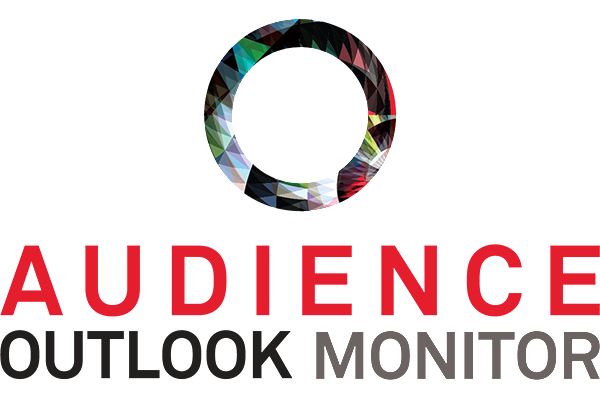Monthly Executive Briefing with Alan Brown: “The Changing Cultural Diet”
Alan’s April 25th briefing highlighted results from the week’s survey deployments to three national cohorts of theaters, orchestras, and performing arts centers. Will perceptions of rising infection rates between March and April cause another regression in readiness to attend? Has demand continued its post-Omicron recovery? His update focused on indicators of support for masking requirements, reasons for the claim that advance planning is more difficult than it used to be, and feedback about how “cultural diets” have changed because of the pandemic.

Key takeaways:
- The dramatic post-Omicron recovery halted in April.
- Most indicators of readiness to return held steady or regressed a bit between March and April.
- As most infections are likely not reported in government figures, the “case data” that people used to make decisions is no longer reliable. Instead, people are looking at hospitalizations and deaths, which remain low.
- Orchestras and theatres are still looking at 65% to 70% of a reactivated customer base, while PACs are still looking at 75% to 80% of a reactivated customer base, on average (no change).
- We have not yet broken through the pre-Delta “ceiling” of comfortability attending large venues.
- Attitudes about mask mandates held steady between March and April.
- Some support is evident in open-ends for dropping proof of vaccine requirement before dropping mask requirement.
Among non-returners: - About 40% to 50% are already going out, but haven’t “found” the sending organization’s programs.
- Roughly 35% to 40% cite health concerns (i.e., 10% to 14% of all respondents). Many of these are “long-term non-returners.” They’ll come back slowly, if at all.
- Between 20% and 30% say that making advance plans to go out is more difficult now.
- As new Omicron subvariants continue to spread across the US, we are likely to be in a holding pattern for several months. Will oncoming surges become non-events?
